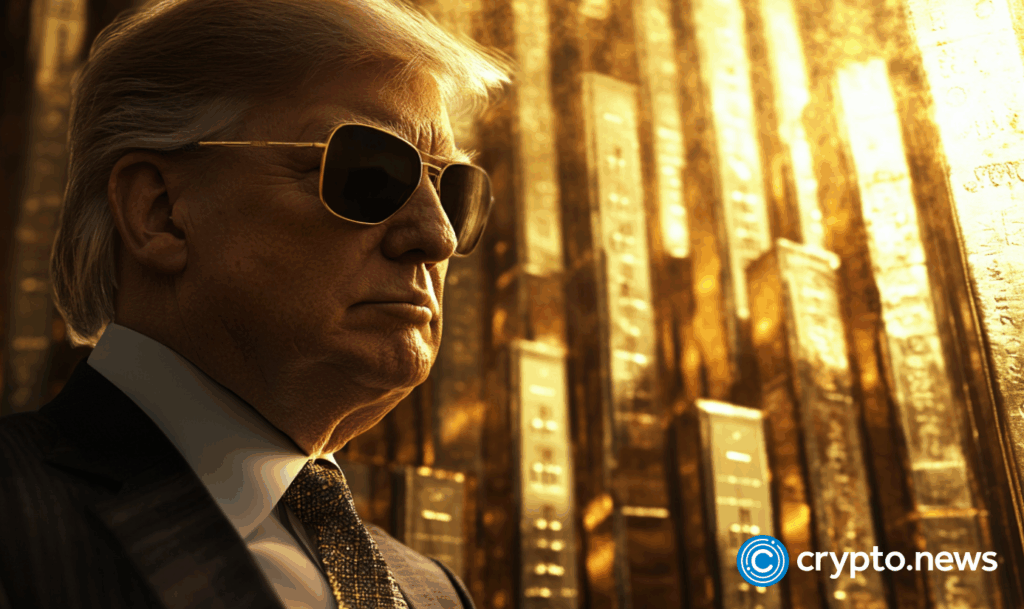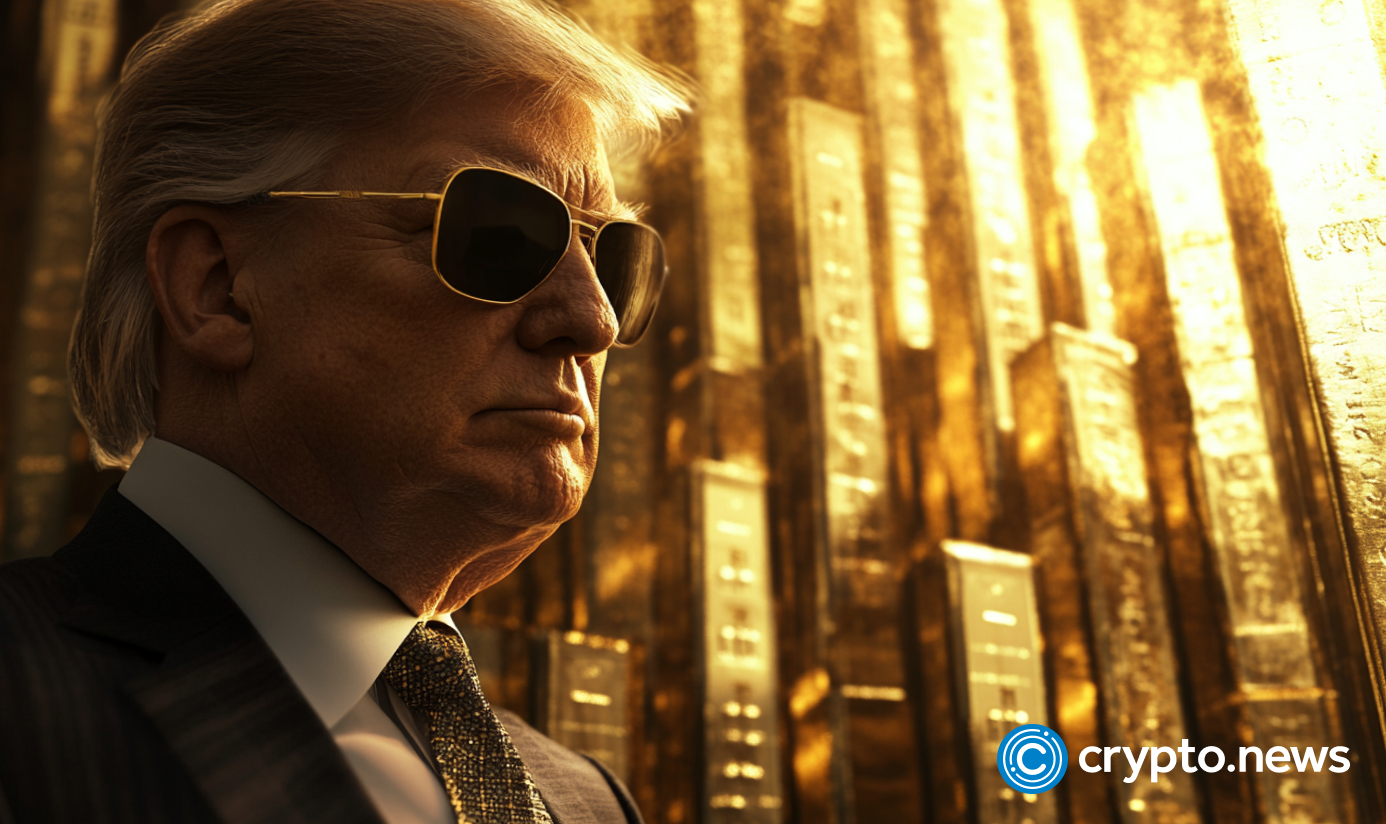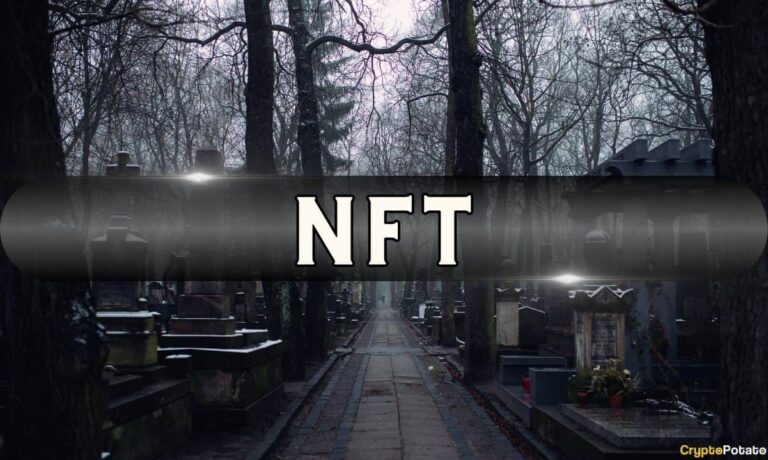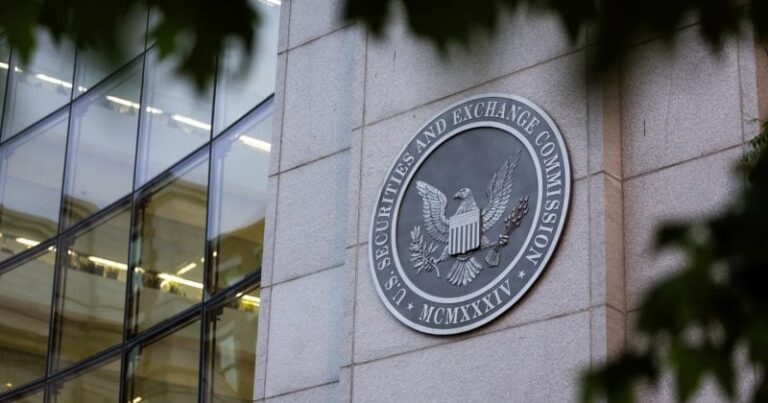

Crypto has overtaken Trump’s towers and media, with WLFI lifting his wealth to $5B on paper while insiders dumped $698M in tokens on its first trading day.
Summary
- The WLFI token debuted on major exchanges on Sep. 1, briefly valuing the Trump family’s holdings at over $5B on paper, surpassing real estate and media as Trump’s biggest fortune.
- World Liberty Financial, formed in Delaware, allocated 30% of WLFI to founders, with Trump-linked DT Marks DEFI LLC receiving 22.5B tokens and 75% of protocol revenues, ensuring family dominance.
- Beyond WLFI, Trump-linked ventures include the TRUMP memecoin, Melania’s failed MELANIA token, Trump’s NFT trading cards, and the USD1 stablecoin, which has reached a $2.7B market cap and is used in a $2B Abu Dhabi deal.
- Lawmakers and watchdog groups flag conflicts of interest, citing pay-for-access events such as token-based dinners, while analysts warn that USD1’s sovereign links and favorable regulation could benefit the Trump family’s holdings.
- Blockchain analysis shows insiders dumping 698M WLFI tokens worth hundreds of millions on day one, locking in 20x returns while retail buyers absorb losses.
WLFI debut gives Trump billions on paper
On Sep. 1, the World Liberty Financial (WLFI) token began trading on Binance, OKX, and Bybit. The Wall Street Journal reported that early market activity valued the Trump family’s stake at more than $5 billion on paper.
Meanwhile, the Financial Times reported that President Trump held 15.75 billion WLFI tokens at the end of last year, which, at the opening day’s trading price, translated to about $3.6 billion.
Trading was unstable on day one. As of Sep. 2, the token had slid from a high of over $0.46 to around $0.24, a decline of more than 47%.
The family’s entry into crypto had started earlier in the year. On Jan. 17, the Official Trump (TRUMP) memecoin launched on Solana (SOL) and by Jan. 19 had reached a market value above $14.5 billion before retreating.
A Reuters report showed nearly $100 million in trading fees accruing to entities tied to the project during the early period.
Confirmation of crypto’s role came with Donald Trump’s financial disclosure on Jun. 14, which reported about $57.4 million in income from World Liberty Financial during 2024 alongside personal token holdings.
Two days earlier, Forbes had concluded that digital assets already represented the largest share of his wealth, even before WLFI began trading on public markets.
Traditional pillars now look smaller by comparison. Forbes’ last detailed rollup in March 2024 put Trump’s real estate portfolio at just over $1.9 billion after debt.
Trump Media & Technology Group, which trades as DJT, carried a company value of around $3.7 billion in early April 2025, although its market cap has shifted widely since then.
Crypto has therefore overtaken both real estate and media as the central part of Trump’s balance sheet.
Much of the value remains on paper because token markets are volatile and liquidity is limited, yet disclosures and blockchain data show that tens of millions in real income have already been realized.
Trump family locks in control through Delaware vehicles
World Liberty Financial was formed in Delaware in 2024 as a non-stock corporation to oversee the WLF Protocol. Donald Trump is named co-founder emeritus, and his sons Donald Jr., Eric, and Barron are listed as co-founders.
A Trump-linked holding controls about 60% of the corporate structure and is entitled to roughly 75% of the revenues from WLFI token sales, anchoring the family’s role as a central player.
WLFI has a total supply of 100 billion tokens. The official distribution is divided into four groups.
About 33.893% went to token sales. Another 32.6% was set aside for community growth and incentives. A founder allocation of 30% was split among three Delaware companies: DT Marks DEFI LLC, Axiom Management Group, and WC Digital Fi LLC. The remaining 3.5% went to team members and advisors.
DT Marks DEFI LLC is the Trump family’s main vehicle in the project. It received 22.5 billion WLFI, equal to 22.5% of the total supply, and is also entitled to 75% of net protocol revenues after a $15 million reserve and agreed expenses.
Axiom is a Puerto Rican company owned by Chase Herro and Zachary Folkman, while WC Digital Fi is affiliated with developer Steve Witkoff and his family. Together, they hold 7.5% of the total supply and share the remaining 25% of net protocol revenues. Exact percentages between them have not been disclosed.
Governance is organized around one token equaling one vote. No single wallet or affiliated group can exercise more than 5% of the total. Proposals are submitted through Snapshot and carried out by a multisignature account controlled by World Liberty Financial.
Token holders can take part in decisions, while the corporation remains responsible for execution and oversight during legal or technical challenges.
The Trump brand packaged as tokens, cards, and coins
The Trump family’s ventures in crypto extended well beyond governance tokens. They moved into memecoins, NFTs, and even a fiat-backed stablecoin, with each experiment generating its own mix of revenue and access.
Control of the TRUMP token was tightly held. CIC Digital LLC, a company linked to the Trump network, owned 80% of the supply, leaving outside investors with only a small float. That setup ensured transaction fees and liquidity revenues flowed to insiders from the start.
Melania Trump tried to replicate the model with her own token. She introduced a memecoin, Official Melania (MELANIA), whose launch was partly handled by Hayden Davis, an individual later implicated in the LIBRA crypto scandal.
Data shows that 24 wallets bought $2.6 million worth of MELANIA tokens just minutes before the public announcement and quickly flipped them for nearly $100 million in profit.
NFTs had already demonstrated the profitability of this approach. Trump’s digital trading cards, released in 2022 and 2023, sold out in both drops and raised millions of dollars, building a paying audience for blockchain products tied to the Trump name.
In May 2025, crypto also became a gatekeeper to physical access. Holders of large TRUMP positions were invited to a private dinner at Trump National Golf Club in Bedminster, where guests included international investors such as Justin Sun. The size of a digital wallet, not a donation check, determined entry.
The ecosystem expanded further with the March 2025 launch of USD1, a stablecoin issued by World Liberty Financial. Pegged one-to-one to the US dollar and backed by cash and Treasury money market funds, USD1 has grown to a market cap of roughly $2.7 billion.
USD1 was used both for purchasing WLFI on secondary markets and for a $2 billion deal with Abu Dhabi’s state fund, placing a Trump-linked stablecoin directly in sovereign-level finance.
Lawmakers and watchdogs push back
The Trump family’s ventures in digital assets have drawn scrutiny from lawmakers and watchdog groups, who argue that the overlap between private holdings and public office raises structural conflicts.
In April 2025, Sen. Elizabeth Warren and Rep. Maxine Waters sent a joint letter to the SEC calling WLFI “an unprecedented conflict of interest.”
They asked the regulator to preserve records and examine whether Trump-linked investors received preferential treatment in the token’s approval process.
Around the same time, Sen. Richard Blumenthal’s Permanent Subcommittee on Investigations opened a preliminary review into both WLFI and the TRUMP memecoin, citing risks tied to access-for-ownership events.
Watchdog groups have made similar claims. Public Citizen filed complaints in February 2025 urging federal agencies to investigate whether promotion of TRUMP violated solicitation and ethics rules.
The TRUMP-holder dinner at Trump National Golf Club in May 2025 became another flashpoint. Entry was based on token ownership, and high-level investors gained tiered access to the President.
Lawmakers from both parties flagged the structure as an ethics risk, while media coverage described it as a pay-for-access model.
Concerns also extend to World Liberty Financial’s stablecoin USD1. Lawmakers and analysts argue that reserve transparency and the token’s integration with sovereign capital introduce new risks.
They also warn that favorable regulatory decisions taken by the administration could benefit ventures in which the family holds substantial direct interests.
Industry voices have added to the criticism. Anthony Scaramucci, head of SkyBridge Capital, described the ventures as “Idi Amin level corruption.”
WLFI launch marred by insider dumps
Independent blockchain analysts tracked WLFI’s first hours of trading and found a market shaped by insider activity rather than open participation.
Data compiled by StarPlatinum, an ambassador for Ronin Network and a widely followed crypto analyst, showed that wallets tied to early allocations unloaded large volumes almost immediately after listing.
The top sellers included addresses linked to insider grants and vesting pools. One wallet sold 12.1 million WLFI, equal to $3.8 million, while another vesting-linked wallet sold a similar amount.
Several addresses with no history prior to launch also dumped millions of tokens in the same time window.
In total, more than 698 million WLFI were sent to exchanges on day one. Binance received over 400 million, OKX about 180 million, and Gate.io around 118 million.
The structure amplified the effect. Early investors had bought at prices between $0.015 and $0.05. At launch, they held 20x returns, and many exited within hours.
The token price fell from $0.46 at listing to $0.25 in under three hours. Retail traders were still buying while insiders captured profits.
The launch revealed where the tokens went, who sold them, and who retained control. The result was not a market in the usual sense but a mechanism that tied crypto revenues to the Trump presidency.




